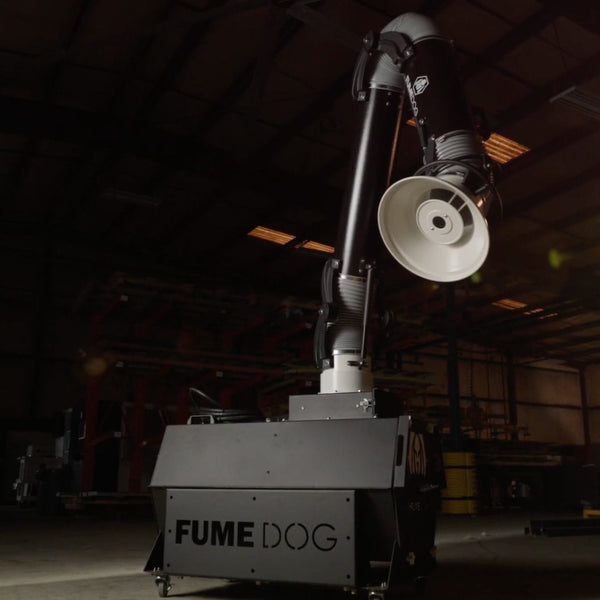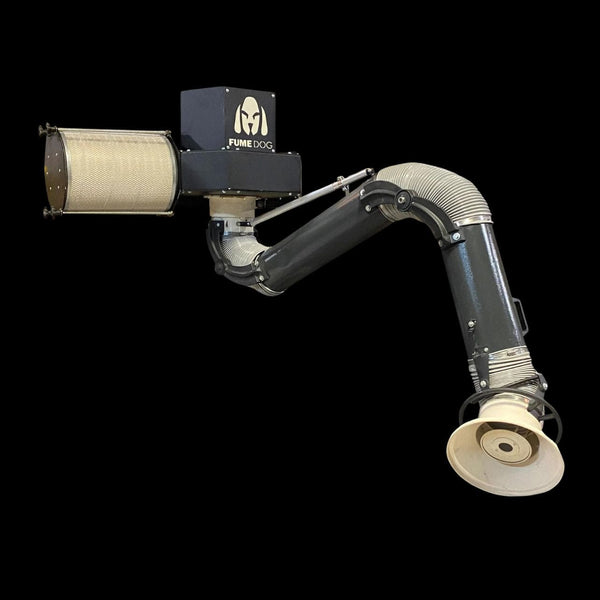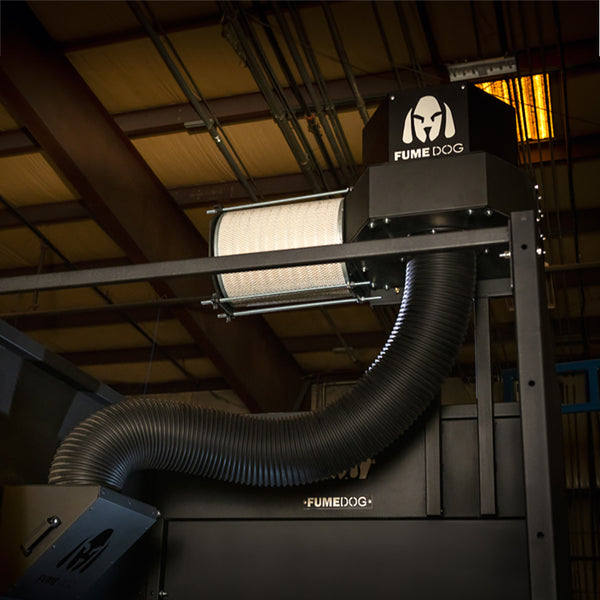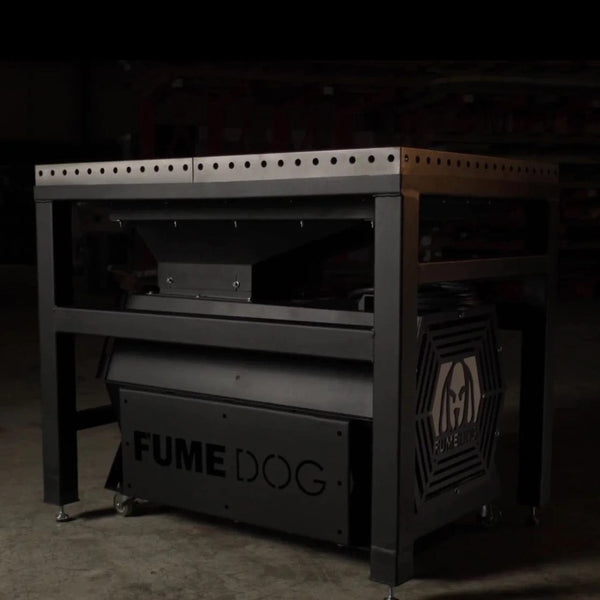What is a Welding Shop? Your Complete Guide to Understanding Welding Operations

A welding shop is a specialized workspace equipped with welding equipment and tools designed to join metals through various welding processes. These facilities serve as the backbone of countless industries, from automotive manufacturing to custom metal fabrication, providing essential services that keep our modern world connected and functioning.
Key Takeaways
• A welding shop is a specialized facility equipped with welding machines and tools for joining metals through various welding processes
• Success requires the right combination of equipment, safety measures, skilled personnel, and proper business management
• Different shops specialize in various services, from custom fabrication to repair work, each requiring specific equipment and expertise
• Safety equipment and proper ventilation are essential for protecting workers and maintaining a healthy work environment
Ready to Upgrade Your Welding Shop's Safety?
Don't let welding fumes compromise your shop's air quality and worker safety. Fume Dog's powerful extraction systems are specifically designed for welding operations of all sizes. Our 1,200 CFM units effectively capture and filter harmful fumes right at the source, keeping your workspace clean and your team healthy. Explore our complete line of welding fume extractors and see why professional welders trust Fume Dog for superior fume extraction performance.
Understanding the Basics of a Welding Shop
Core Functions and Services
At its core, a welding shop is where skilled professionals use welding machines to create strong, permanent bonds between metal pieces. The welding operation involves heating metals to their melting point, creating molten metal that fuses materials together. Professional welders in these facilities work on everything from simple repair jobs to complex pressure vessel construction.
Most welding shops offer a range of services including structural welding, pipe fitting, and custom metal fabrication. Whether it's a small shop focusing on repair work or a large-scale operation handling industrial projects, the fundamental goal remains the same: creating a good weld that meets safety and quality standards.
Types of welding Operations
Welding shops vary significantly based on their specialization and clientele. Some focus on in house production for specific industries, while others operate as general-purpose facilities accepting various projects. The welding process used depends on the materials being joined, with carbon steel being one of the most common materials handled in these facilities.
Essential Welding Equipment Every Shop Needs
Primary Welding Machines and Power Sources
The heart of any welding shop lies in its welding machine selection. Different welding processes require specific equipment, with MIG welding being particularly popular due to its versatility and ease of use. Each welding machine needs an appropriate power source to function effectively, and choosing the right equipment can make the difference between success and failure in any welding business.
Modern welding shops invest in quality equipment that can handle various materials and thicknesses. The right welding equipment not only improves work quality but also increases productivity and safety for everyone in the facility.
Safety Equipment and Protective Gear
Safety is paramount in any welding operation. Essential protective gear includes welding helmets, safety glasses, flame-resistant clothing, and proper ventilation systems. Welding fume extraction systems are crucial for maintaining air quality and protecting workers from harmful fumes generated during the welding process.
Professional welders understand that investing in proper safety equipment isn't just about compliance—it's about creating a sustainable work environment that protects both workers and the quality of their output.
Different Types of Welding Shops and Their Specialties
Custom Metal Fabrication Shops
Custom metal fabrication facilities specialize in creating unique metal structures and components according to specific client requirements. These shops often work closely with architects, engineers, and designers to bring creative visions to life. The work here demands precision, creativity, and extensive knowledge of different welding processes.
Repair-Focused Operations
Many welding shops focus primarily on repair work, fixing everything from farm equipment to industrial machinery. These facilities need to be adaptable, as repair jobs often present unique challenges that require creative problem-solving and the right tools for each situation.
Setting Up Your Own Welding Operation
Choosing the Right Equipment for Your Business
Starting a welding business requires careful planning and investment in the right equipment. Beyond basic welding machines, you'll need cutting tools, grinding equipment, and measuring instruments. A well-equipped machine shop can handle more diverse projects and command higher prices for specialized services.
Consider your target market when selecting equipment. If you plan to focus on automotive work, your needs will differ significantly from those planning to tackle structural projects or pressure vessel work.
Essential Tools for Professional Results
Success in the welding business depends on having the right tools readily available. This includes everything from basic hand tools to specialized jigs and fixtures. Quality equipment pays for itself through improved efficiency and better results, which leads to satisfied customers and repeat business.
Safety and Quality Standards in Modern Welding Shops
Modern welding operations must adhere to strict safety and quality standards. This includes proper ventilation, fire safety measures, and regular equipment maintenance. Quality control processes ensure that every weld meets industry standards, whether it's for a simple repair or a critical structural component.
Professional welding shops understand that reputation is everything in this business. Consistent quality work, attention to safety, and reliable service delivery are what separate successful operations from those that struggle to survive.
FAQs
What type of welding machine is best for a small shop?
For a small shop just starting out, a versatile MIG welder offers the best balance of capability and ease of use. These machines can handle most common welding tasks and are relatively straightforward for new welders to learn.
How much space do I need for a welding operation?
The space requirements depend on your intended projects and equipment. A basic setup might work in a single-car garage, while larger operations requiring overhead cranes and extensive equipment storage need significantly more room.
What safety measures are most important in a welding shop?
Proper ventilation, fire suppression systems, and personal protective equipment are essential. Eye protection, respiratory protection, and flame-resistant clothing should be standard for all welders.
Can a welding shop be profitable as a small business?
Yes, welding shops can be very profitable, especially those that find a niche market or specialize in particular types of work. Success depends on location, skill level, equipment quality, and business management.
What's the difference between a welding shop and a machine shop?
While there's often overlap, a welding shop focuses primarily on joining metals through welding processes, while a machine shop typically emphasizes cutting, shaping, and machining operations using lathes, mills, and other precision equipment.
How do I maintain consistent quality in welding work?
Consistent quality comes from proper training, regular equipment maintenance, quality materials, and established procedures. Regular practice and staying current with industry standards are also crucial for maintaining high-quality output.
